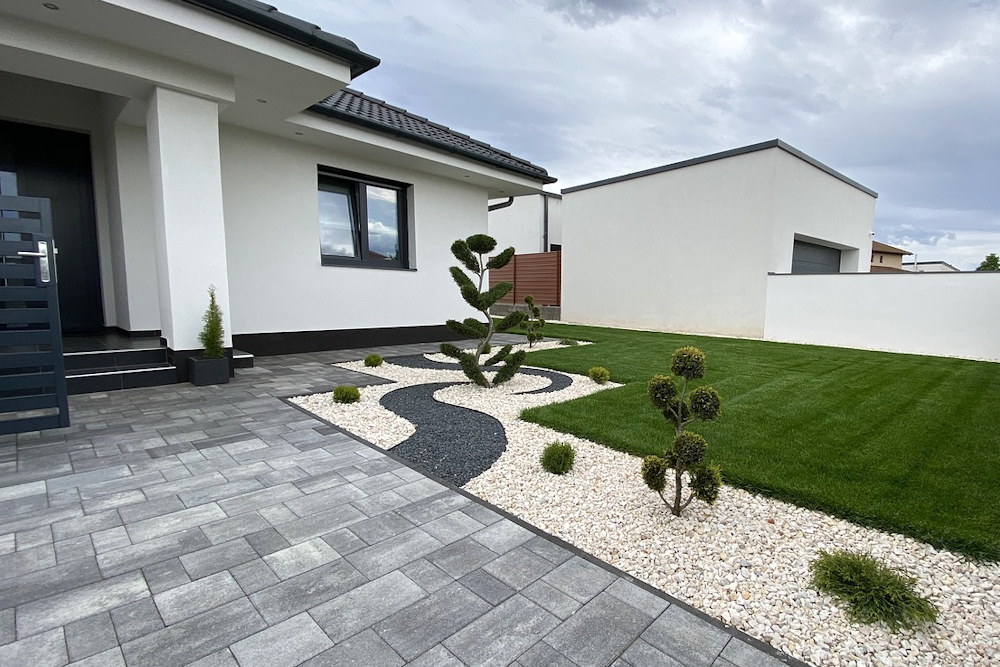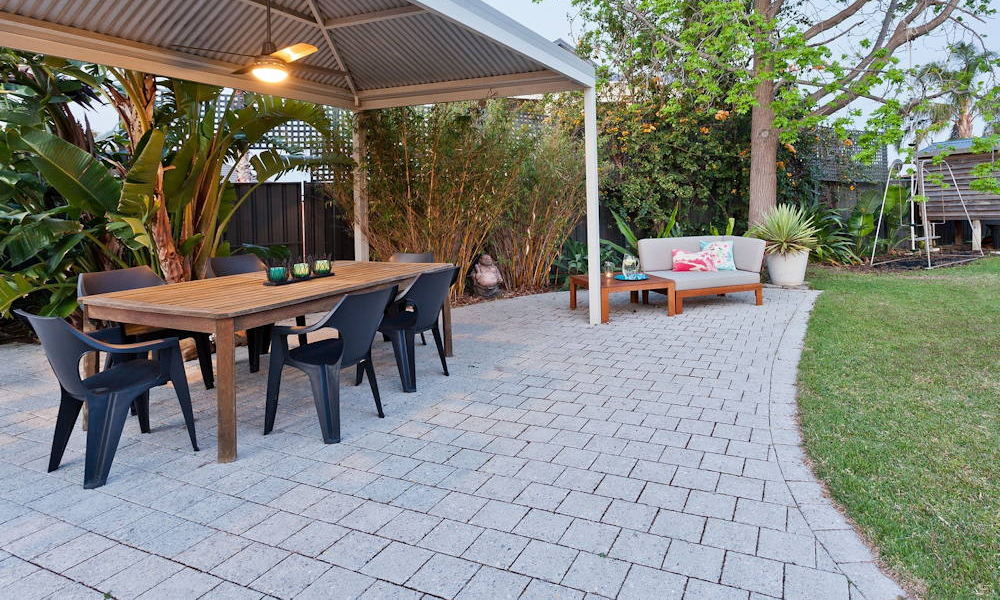In the intricate dance between nature and human creativity, the use of paving stones in garden design has emerged as a point of discussion. As gardens evolve from mere landscapes to extensions of living spaces, the question of how much paving is justified becomes pivotal.

Defining Paving Stones and Their Role
Paving stones, also known as pavers, are flat, durable materials typically made from concrete, natural stone or brick. They offer a structured surface that can be used to define pathways, patios and seating areas in a garden. Paving stones play a multifaceted role, adding functionality, aesthetics and a sense of organization to outdoor spaces.
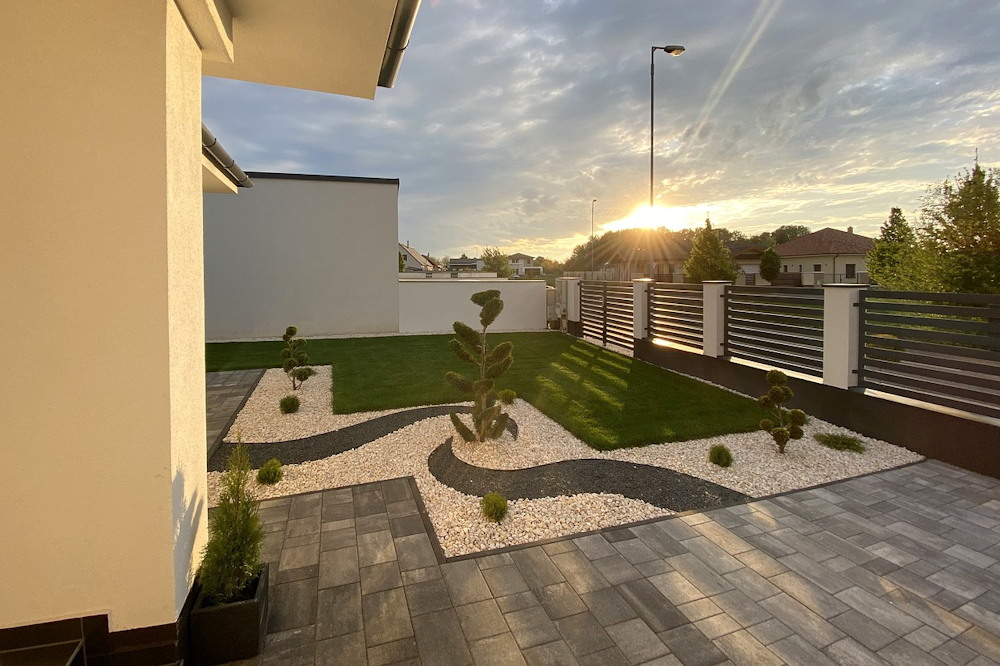
Advantages of Paving Stones
Paving stones wield several advantages in garden design. Firstly, they create pathways that guide visitors through the garden, preventing trampling of delicate plants while enhancing accessibility. Secondly, paved areas provide designated spaces for relaxation, social gatherings or al fresco dining, fostering a connection between people and nature. Moreover, they reduce maintenance by suppressing weed growth in high-traffic areas, contributing to a cleaner, more manageable garden.

Al fresco dining is a term borrowed from Italian that refers to the practice of eating meals outdoors, typically in a garden, patio, terrace or other outdoor setting. It involves enjoying a meal in the open air, often under the sky, and can encompass a variety of dining experiences, ranging from casual picnics to formal dinners. Al fresco dining allows individuals to savor their meals while connecting with nature and enjoying the ambiance of the outdoor environment.
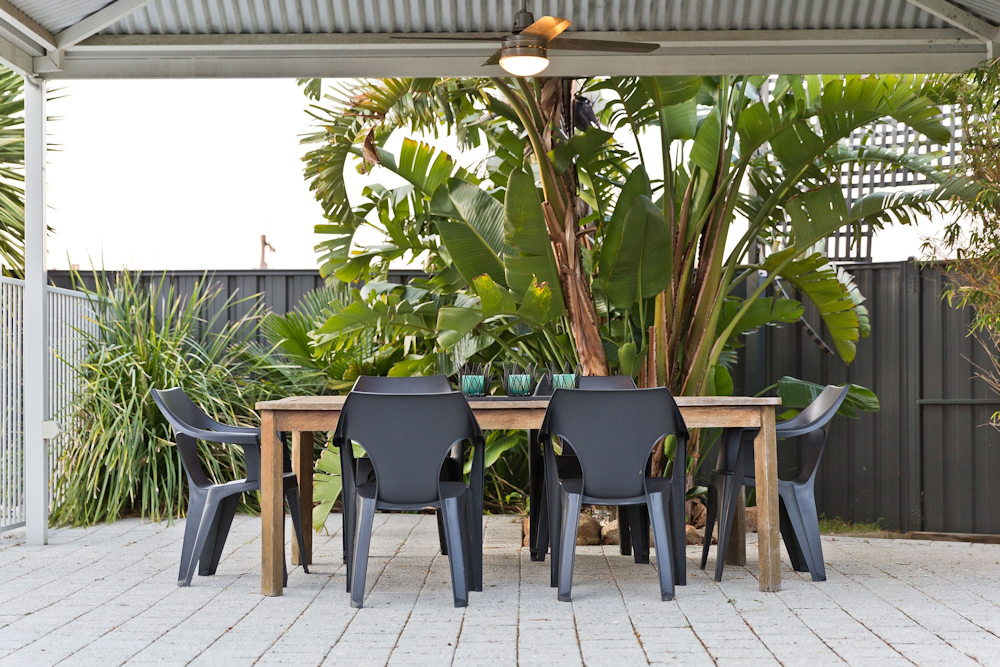
Disadvantages of Paving Stones
Yet, like any design element, paving stones come with drawbacks. Extensive use of paving can lead to excessive water runoff and decreased permeability, potentially causing drainage issues and water pollution. Furthermore, an overabundance of paved surfaces can disrupt the natural harmony of a garden, leading to a stark, artificial appearance that alienates from the surrounding environment.

Exploring Alternatives to Paving Stones
Replacing paving stones with natural materials can inject a garden with a sense of authenticity. Gravel paths offer a rustic charm and allow for better water absorption. Wood decking introduces warmth and a connection to nature, perfect for spaces intended for relaxation. For a harmonious blend, ground cover plants like creeping thyme or moss can create a soft, natural pathway that not only complements the garden’s aesthetics but also serves as a sensory experience underfoot.
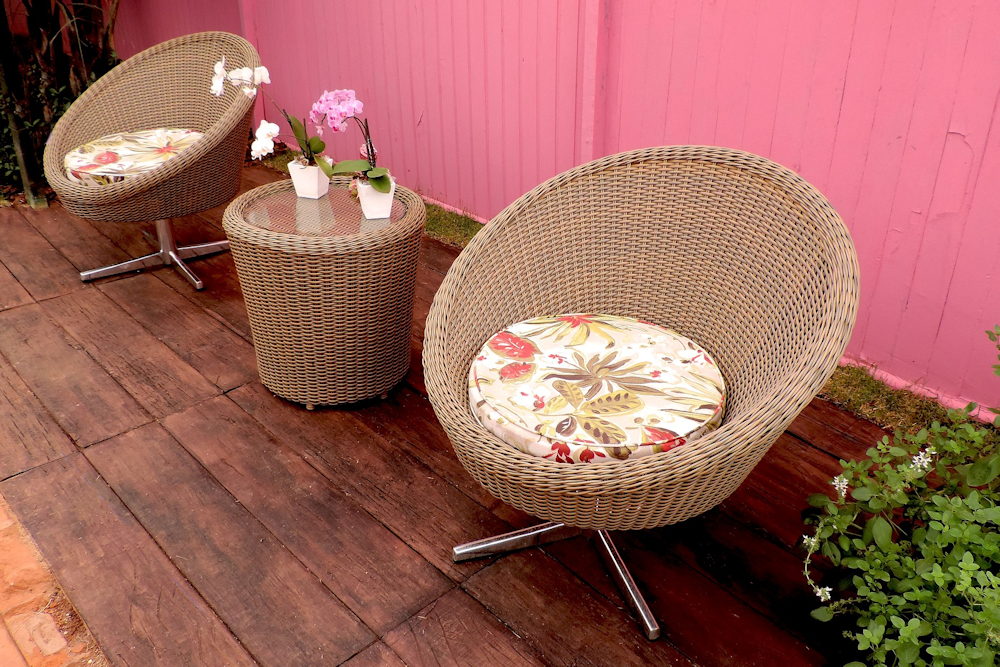
Embracing a Balanced Approach
Ultimately, the decision to incorporate paving stones into a garden design hinges on the desired functions of the space. While they offer structure and practicality, an excessive amount can hinder the garden’s ecological equilibrium. Striking a balance between paved and unpaved areas is key – allowing nature to flourish while providing functional spaces for human enjoyment.
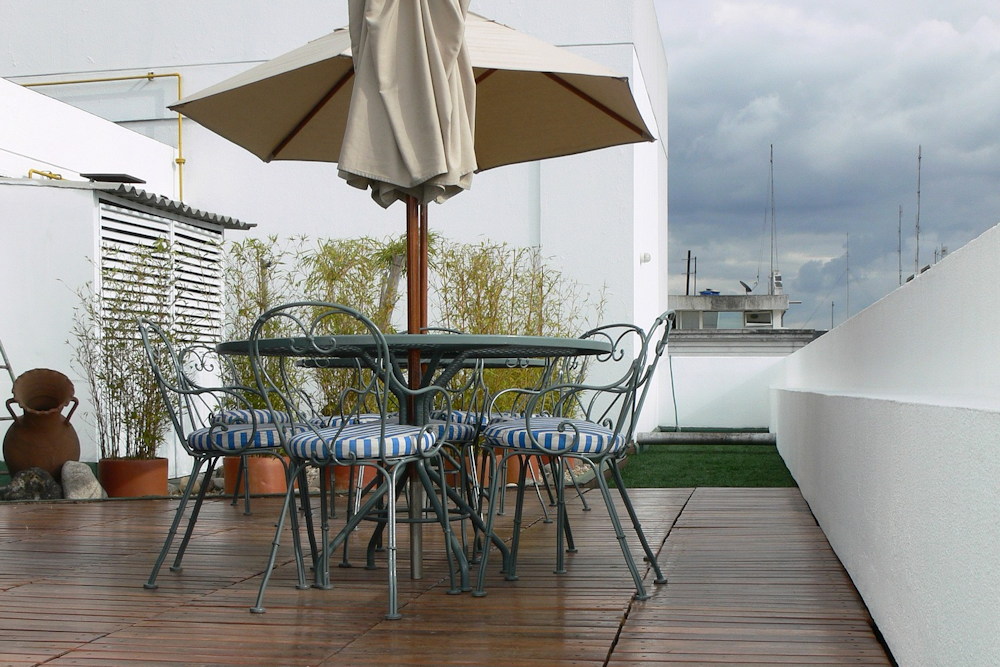
Summary
In the intricate tapestry of garden design, paving stones act as both the threads of structure and the stitches of artistry. Their advantages in creating functional, organized spaces cannot be dismissed, yet they should be carefully considered alongside their potential downsides. By exploring alternatives and embracing a harmonious blend, gardens can become sanctuaries where both the human spirit and the natural world find solace.


